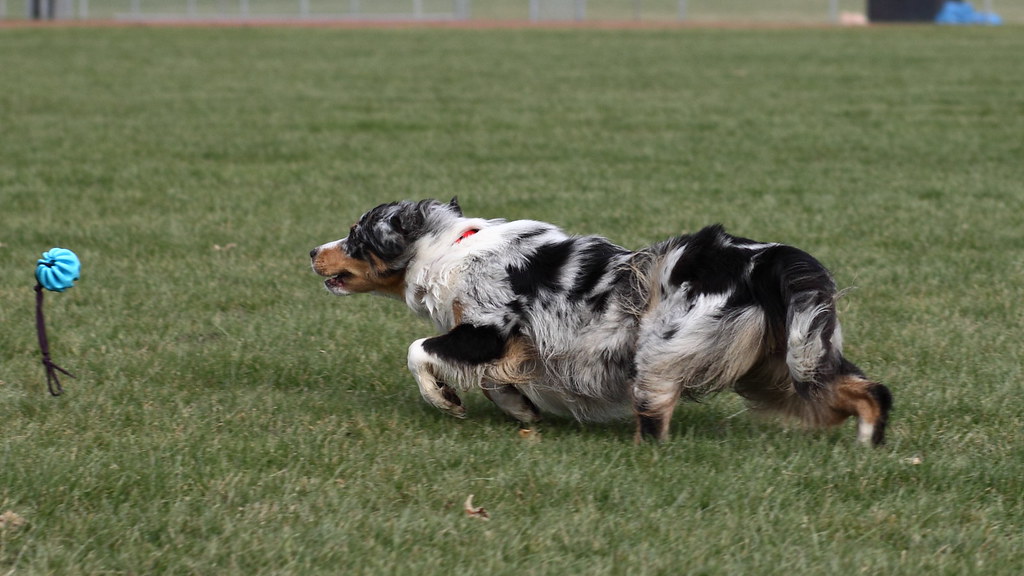After a few days with the new body I thought I might share some initial thoughts.
Keep in mind this is totally subjective with no scientific measurements and also I can only compare to other cameras that I have, which are:
-Canon 1DX
-Canon 7D MKII
-Canon 1D MKIV
Also note: I have no Nikon experience so no comparisons here.
1. Build Quality: very similar to the other Canon bodies, feels solid and the control layout is nearly identical. Easy to handle if you are a Canon shooter.
2. Set Up & Menus: if you been through the menus on Canon bodies you will have no issues here except finding the Movie Recording menu is weird. It seems to me you have to activate live view and be set to Movie before the menu even becomes visible. I cannot find it any other way.
3. Shutter: crisp and much quieter than the other bodies I have. Frame rate very noticeably slower however and buffer much smaller. This is even more noticeable in dual pixel mode. You can check other reviews for exact numbers.
4. Auto-Focus: with short and medium lenses it is very fast and accurate: comparable to the 1D bodies. Even my 500mm with the 2X converter focuses very quickly and accurately as long as it doesn't have to drive the lens a long distance. If the lens is at infinity and you need to go to minimum distance it is a lot slower than the 1D bodies. The 61 focus points are all active at f/8...Love that! In AI servo mode focus tracking is excellent as well.
5. Low ISO shadow noise: in my brief attempts to process images it is easy to push shadows up to 4 stops in some instances without serious issues
6. High ISO noise: seems at least as good as the 1DX to me, much better than 7DMKII, don't know about the 1DX MKII
7. Crop-ability: better than 1DX as would be expected as the resolution falls between the 1DX and the 5DS(R)
8. Image Quality: it's stellar, I believe they hit a home run with this one. Color, contrast, detail etc.....as good as the 1DX or better in my opinion, blows away the 7DMKII.
9. Image Processing: Canon's DPP does great as a converter and then I use Photoshop. The big files really process much slower with my 2010 MacBook Pro with 6gB RAM. Images take sharpening and other processes such as curves and levels adjustments as well as various Plug Ins quite easily.
Summary:
This will be a wonderful camera for travel, landscapes, portraits and slow moving wildlife but some folks might miss the rapid fire and large buffer of the 1DX if they need to shoot fast action.
You may need to upgrade your processing hardware but otherwise for about 1/2 the price of the 1DXII this is one heck of a camera.
Hope this was helpful .... looks like I will be keeping this one and hoping I can get my card paid down before Christmas



 Reply With Quote
Reply With Quote



 .
.
